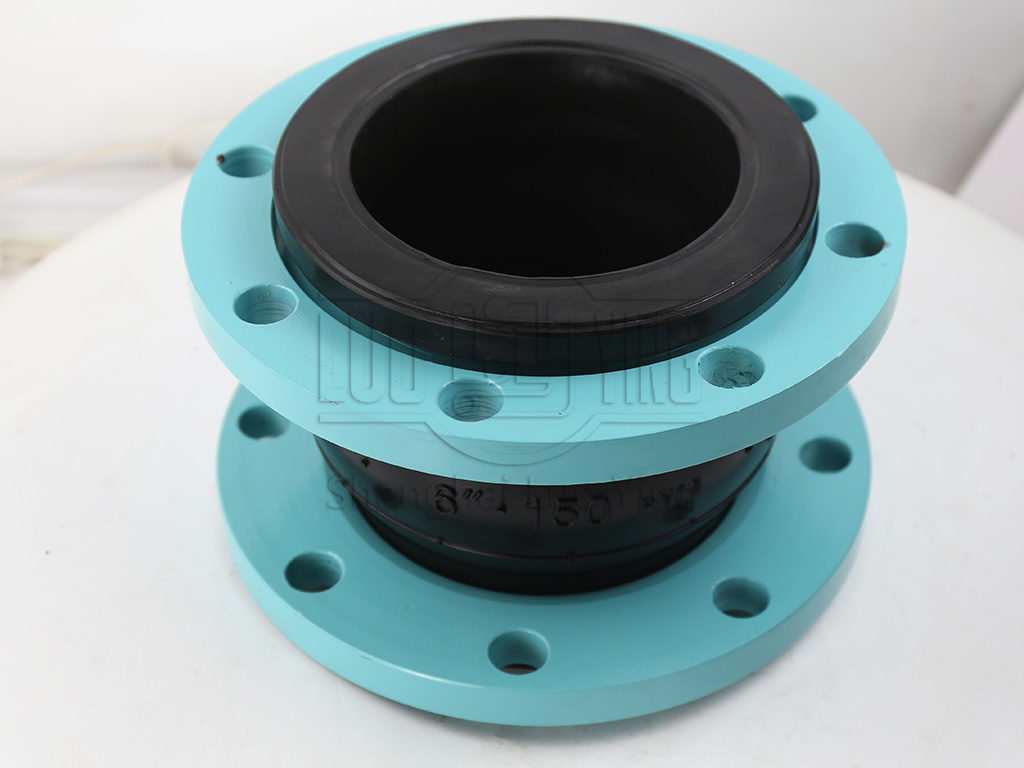Acid and alkali resistance characteristics of luoying acid and alkali resistant rubber joints
May-23-15
Acid and alkali resistance characteristics of luoying acid and alkali resistant rubber jointsThe acid and alkali resistance of acid and alkali resistant rubber joints is a topic of great concern.
The acid and alkali resistance of acid and alkali rubber joints mainly depends on the formulation and structure of rubber joints. At present, the acid and alkali resistant rubber joints mainly include ordinary one-time vulcanized rubber joints and programmable acid and alkali resistant rubber joints.
Disposable vulcanized rubber joints adopt one-time vulcanization technology, and their acid and alkali resistance mainly depends on the structure and formula of the elastomer inside the rubber joints. The internal elastomer of ordinary disposable vulcanized rubber joints mainly consists of carbon black and rubber, which is easily corroded by acid and alkali in the process of use, so special materials such as carbon black and rubber need to be used to enhance its acid and alkali resistance.

In addition to the formulation and structure, the service life of acid and alkali resistant rubber joints is also a factor to be considered. The surface of rubber joints is subject to wear and corrosion in acid and alkaline environments, so special rubber materials and processing techniques are required to extend their service life.

